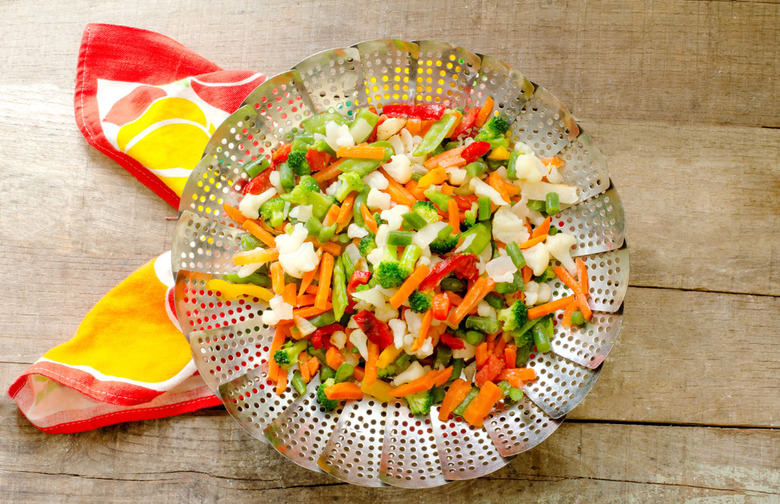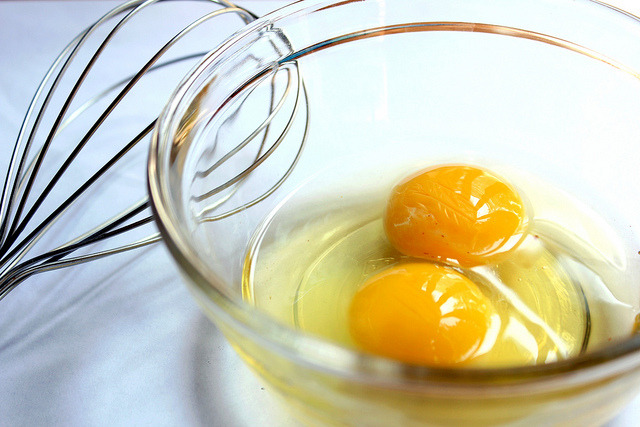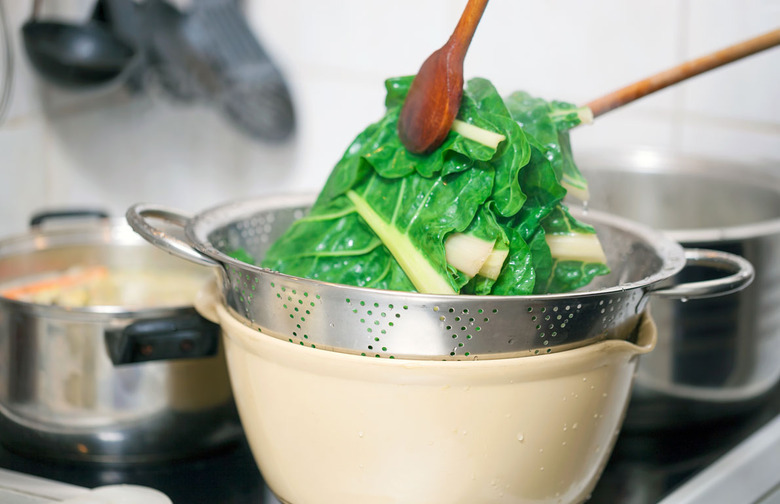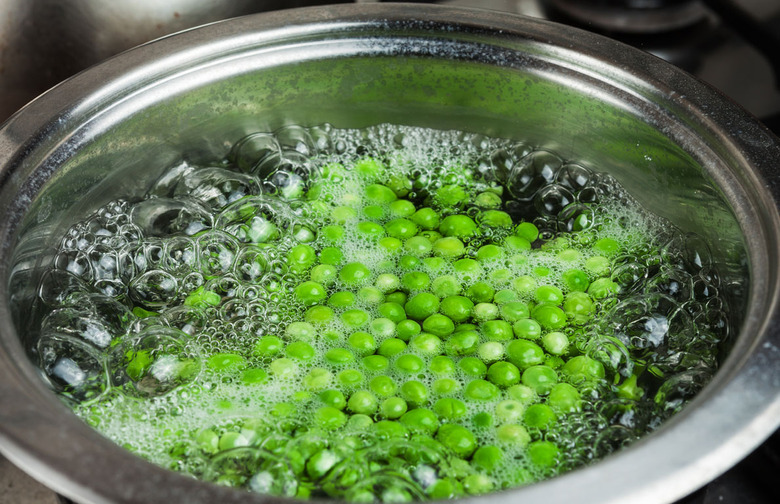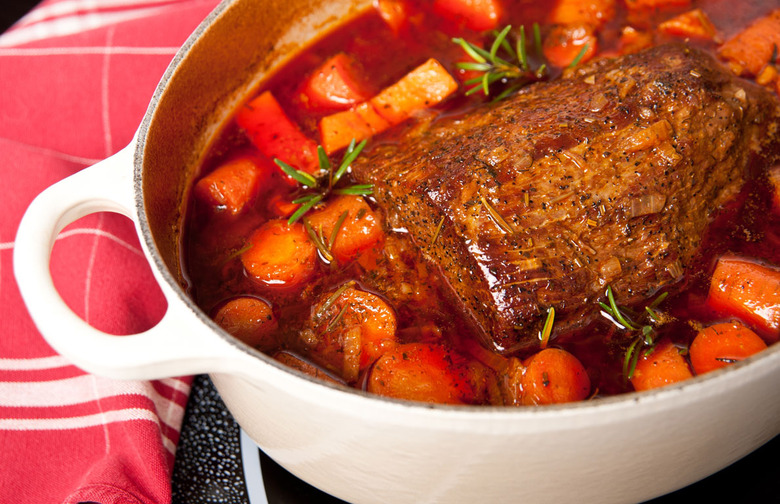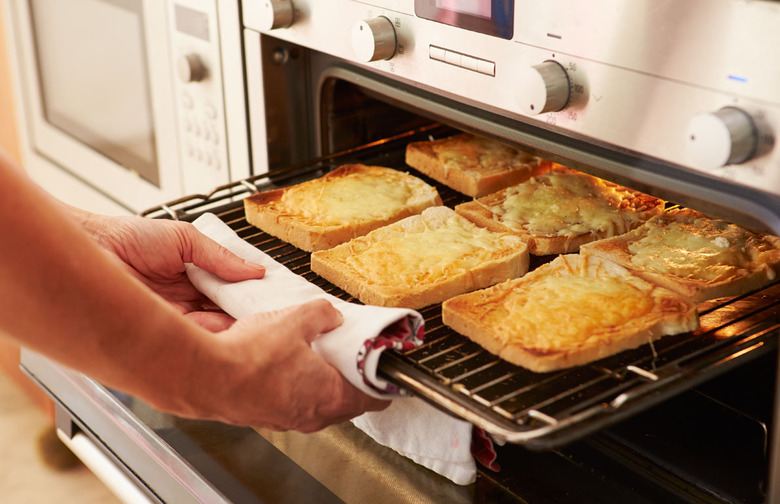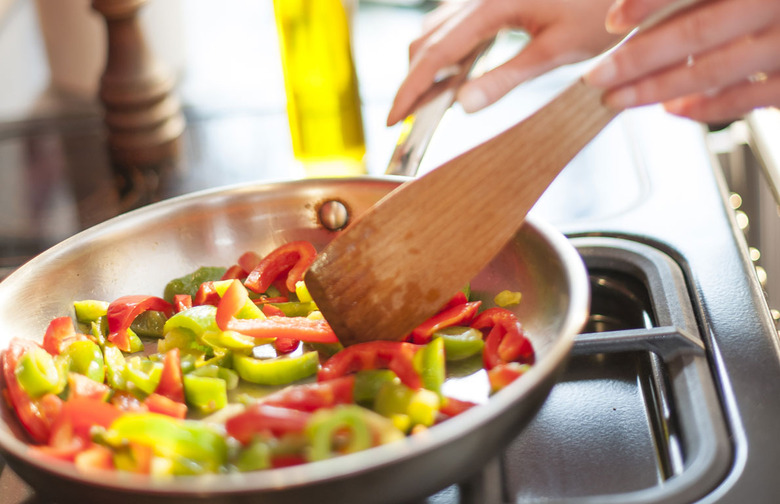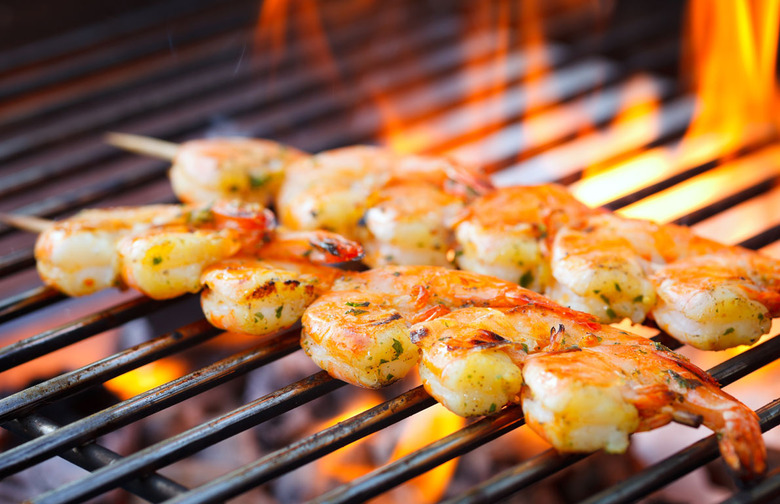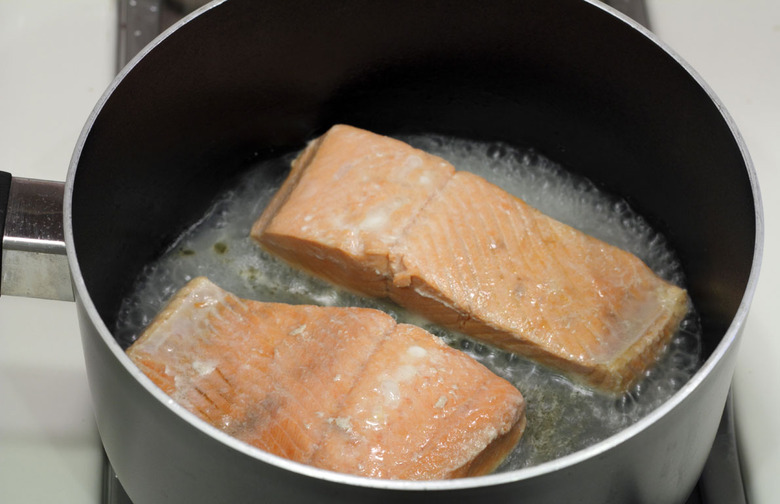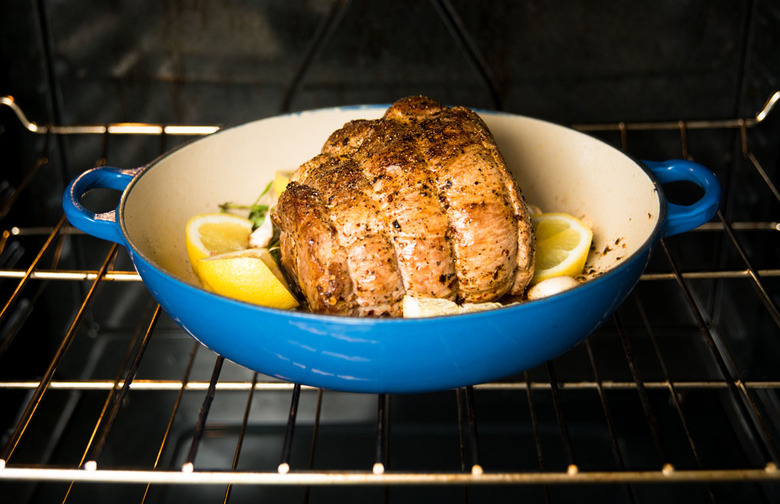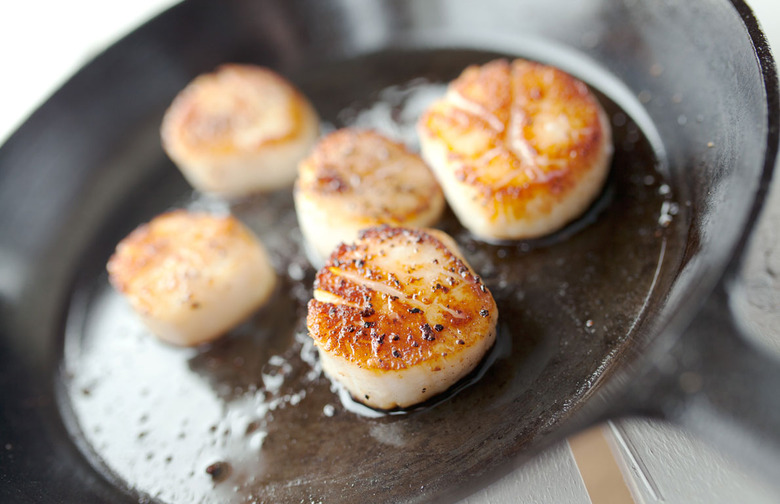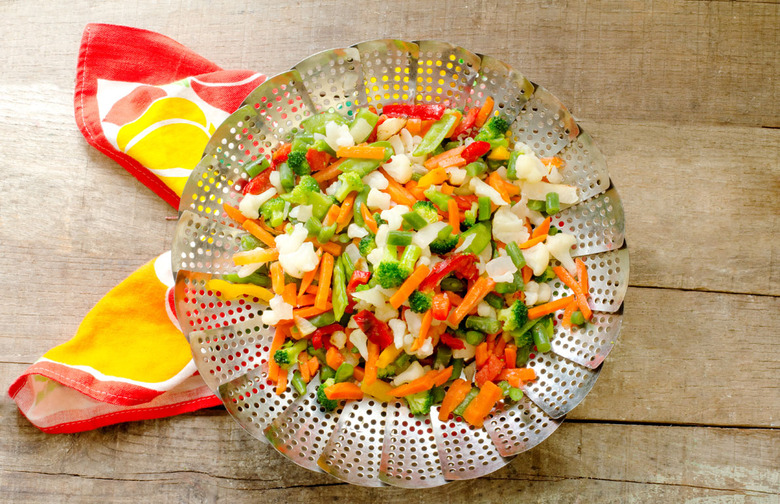You Can Cook Almost Anything If You Master These 11 Techniques
Cooking without a recipe is easy if you know how to successfully execute a few basic techniques.
Baking
Though the word "baking" may evoke images of chocolate chip cookies or fruit-filled pies, it's also a very important everyday cooking technique. For egg-based dishes, be sure to remove the dish from the oven as soon as the center sets (but is still slightly jiggly): that will prevent the eggs from overcooking and drying out. When you're baking meat, poultry, or fish, cooking at a lower temperature for a longer period of time is generally best; just be sure to take the meat out of the oven as soon as it reaches the correct internal temperature. Click here to read more about baking.
Blanching
Blanching is a method of partially cooking vegetables by submerging them in boiling water and then immediately submerging them in ice water to stop the cooking. Depending upon the texture of the vegetable, they should be boiled anywhere from 30 seconds to a few minutes. Blanching slows the loss of flavor, color, and nutrients and brightens the vegetables' colors. Click here to see how to blanch vegetables.
Boiling and Simmering
When you're cooking something in a liquid, it's important to pay attention to the temperature of the liquid. Boiling (which means cooking something in water that is 212 degrees F) is a good technique for many grains and vegetables. Make sure the water is creating large bubbles across the entire surface, then submerge whatever you want to cook and allow it to boil until tender. Boiling shouldn't be confused with simmering (which is a great way to cook tender and flavorful meat) — a liquid that has reached a simmer will only produce pockets of small (but constant) bubbles.
Braising and Stewing
Both of these moist heat, slow-cooking methods are great for tenderizing tough cuts of meat and developing flavor, but they do have a few subtle differences. Braising is a way to cook a large cut of meat in enough liquid to partially cover it (a.k.a. pot roasting) while stewing is a way to cook small, equally sized pieces of meat that are totally immersed in a liquid. The secret to both braises and stews? Cook slowly over low heat (or in a slow oven) until fork-tender.
Broiling
Broiling is the perfect way to finish a number of dishes that have been cooked at a lower temperature for a long period of time. Broiling applies high dry heat to the top of whatever you're cooking, quickly giving it a nice crust. This makes broiling useful for crisping up everything from slices of bread to the skin on a roasted chicken.
Frying and Sautéing
Any food that's cooked in hot fat is technically fried. Though we often think of deep-frying (a technique where foods are completely submerged in the fat) or pan-frying (when foods are partially submerged in fat and then flipped half way through their cook time), sautéing is also a form of frying that uses a very small amount of fat. The key to any frying is measuring and maintaining the correct temperature. Most frying occurs between 350 and 375 degrees F. Frying at a higher temperature will cause the outside of your food to brown before the inside is cooked, and frying at a lower temperature will allow the food to absorb too much fat and become greasy.
Grilling
Though you can cook food on a cast-iron grill pan for similar results, grilling really refers to cooking food on a metal grate over an open flame. This cooking technique adds charred grill marks to food (which means more flavor), but can quickly dry foods out. Ensure perfectly grilled food every time by keeping the temperature of the grill high, flipping the food as few times as possible, and resting grilled meats before cutting them. Click here for more pro grilling tips.
Poaching
One of the keys to perfect poaching is making sure that the temperature of your liquid (whether that's water, stock, fruit juice, or melted butter) is between 160 and 180 degrees F. If you notice that your liquid is boiling, reduce the heat; poaching liquid should look as though it's just about to bubble. This gentle cooking technique is perfect for delicate foods like eggs, fish, or fruit. Click here for recipes this technique.
Roasting
Roasting is very similar to baking, except that the oven temperature is usually slightly higher, and, while some baked dishes may be covered, roasting typically occurs in an uncovered dish. One of the benefits of roasting food in the oven is that the higher heat helps the food develop a brown, flavorful exterior. To keep roasted foods from drying out, cook them with a little bit of fat; drizzle vegetables or large cuts of meat with olive oil before roasting or rub butter on and under chicken skin, for example.
Searing
When you want to build flavor, try searing. Searing is a cooking method that involves extremely high heat, producing a crisp, charred exterior. Though it's common to sear meat, many vegetables can be cooked this way as well. When you're searing something, make sure the pan is very hot, use a small amount of oil, and add whatever you're cooking in small batches, giving it a few minutes of uninterrupted cooking time on each side. After you have a nice sear on all sides, continue cooking the meat or vegetables (if needed) by braising, stewing, or roasting.
Steaming
Just as the name suggests, steamed foods are cooked using steam generated by a boiling liquid — usually water. This cooking method helps vegetables retain their shape, texture, and color and is perfect for foods that need to be cooked gently (like egg-based puddings). To cook with steam, you'll need a steamer basket that fits securely inside a pot that has a lid. Fill the pot with water (leaving an inch between the water and the steamer basket), place the uncooked food in the basket, cover, and cook over medium-high heat until you reach the desired doneness.
